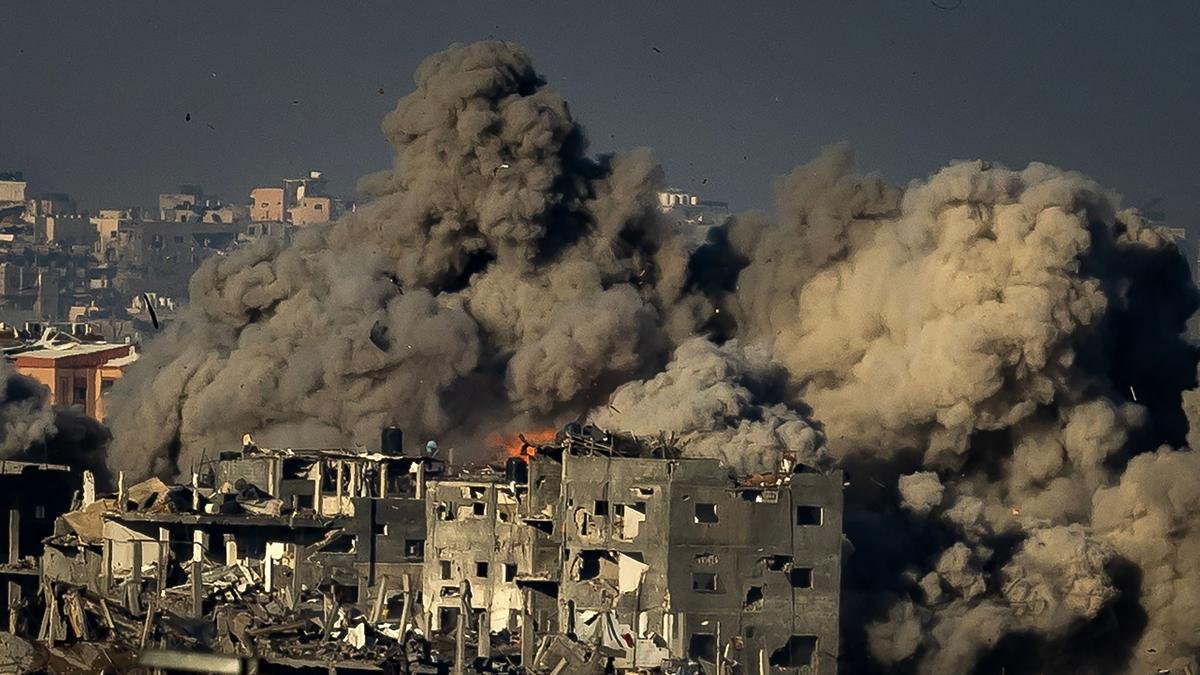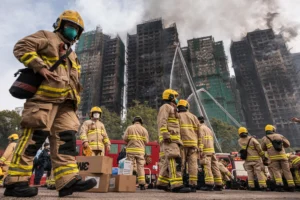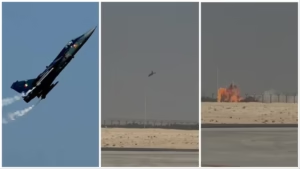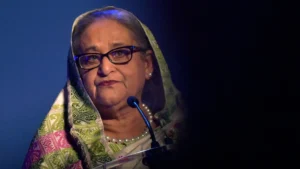There are a lot of unstable areas in the Middle East these days. The crises and conflicts that impact its nations together are becoming more complicated. Some signs and outcomes of the Middle East’s increasing complexity include the devastation of Syria, the breakdown of Iraq, the turmoil in Egypt and Libya, the competition between the Gulf oil monarchies, the complex relations with Iran, the pervasive social unrest, the exploitation of ethno-sectarian divisions, the growth of jihadism, the muddle of US policy in the region, and the continuation of the Israeli-Palestinian conflict.
Three Decades of Increasing Unrest in the Middle East
Just over 5% of the world’s population lives in the countries that make up the Middle East and North Africa, or MENA, region. Nevertheless, the amount of media coverage they have had over the past three decades is significantly greater. Greater than what this region represents globally in terms of people, geographical mass, money, and worldwide presence. Conflicts, wars, dictatorial governments, innocent victims, resource struggles, and, more and more, states in disarray are the typical imagery connected to these nations. The Middle East’s recent history is intimately related to the numerous horrific events that its people have endured over the past century.
Regional Disagreements in the Middle East
Throughout history, the area has been the scene of numerous wars. The conflicts of the post-World War II era include:

Israel-Palestine Conflict:
Since ancient times, there have been generations of tensions between Arab Muslims and Jews over Israel. Both Jews and Arabs regard Jerusalem as a hallowed place, and both groups hold this view. Conflicts of the modern era began when Israel was recognised as a state in 1948. Much of the conflict that continues to this day has its roots in the struggle over whose land Israel is.
Cold War in the Middle East
Iran’s population is virtually exclusively Shia, while Saudi Arabia is almost exclusively Sunni. Despite their fierce rivalry, Saudi Arabia and Iran have never declared war on one another. Nearly every conflict that occurs in the area involves them. These nations fight indirectly by supporting or aiding other nations in their conflicts, as opposed to engaging in direct combat.
Civil War in Syria
The Arab Spring was a wave of pro-democracy protests that started in Tunisia in late 2010 and spread throughout the Middle East. In many nations, most notably Syria, these largely nonviolent rallies began to degenerate into violence. The region has been engulfed in a civil war that has killed over 500,000 Syrians and caused over 5 million of the country’s 22 million people to flee. With the United States and Europe supporting the rebels, who are nearly exclusively Sunni, and Russia and Iran supporting the Shia-led Bashar Government, the civil conflict ultimately spread around the world.
The fight against ISIS
Over the past seven years, the Sunni terrorist organisation known as the Islamic State of Iraq and Syria has taken control of sizable portions of both countries. ISIS, which was born out of al-Queda in Iraq, started its goal in 2011 and used international terrorism to recruit people all over the world using social media and propaganda. The Iraqi government has been fighting ISIS with the assistance of the Kurds and US airstrikes. Less than 4 percent of the land that the extreme group possessed at its peak is now gone. It hasn’t been vanquished, though, and peace doesn’t appear to be imminent.
Qatar Crisis
When nine nations, including Bahrain, the United Arab Emirates, and Saudi Arabia, severed all diplomatic ties with Qatar, it exploded. Qatar’s ties to Islamist political organisations, such as the Muslim Brotherhood in Egypt. The Saudi government labels it a terrorist organisation. These are the root cause of the problem. Additionally, Saudi Arabia had issues with Qatar’s engagement with Iran and has long expressed displeasure with that connection.







Be First to Comment